Home>Articles>How To Store Sparkling Wine After Opening Without A Cork
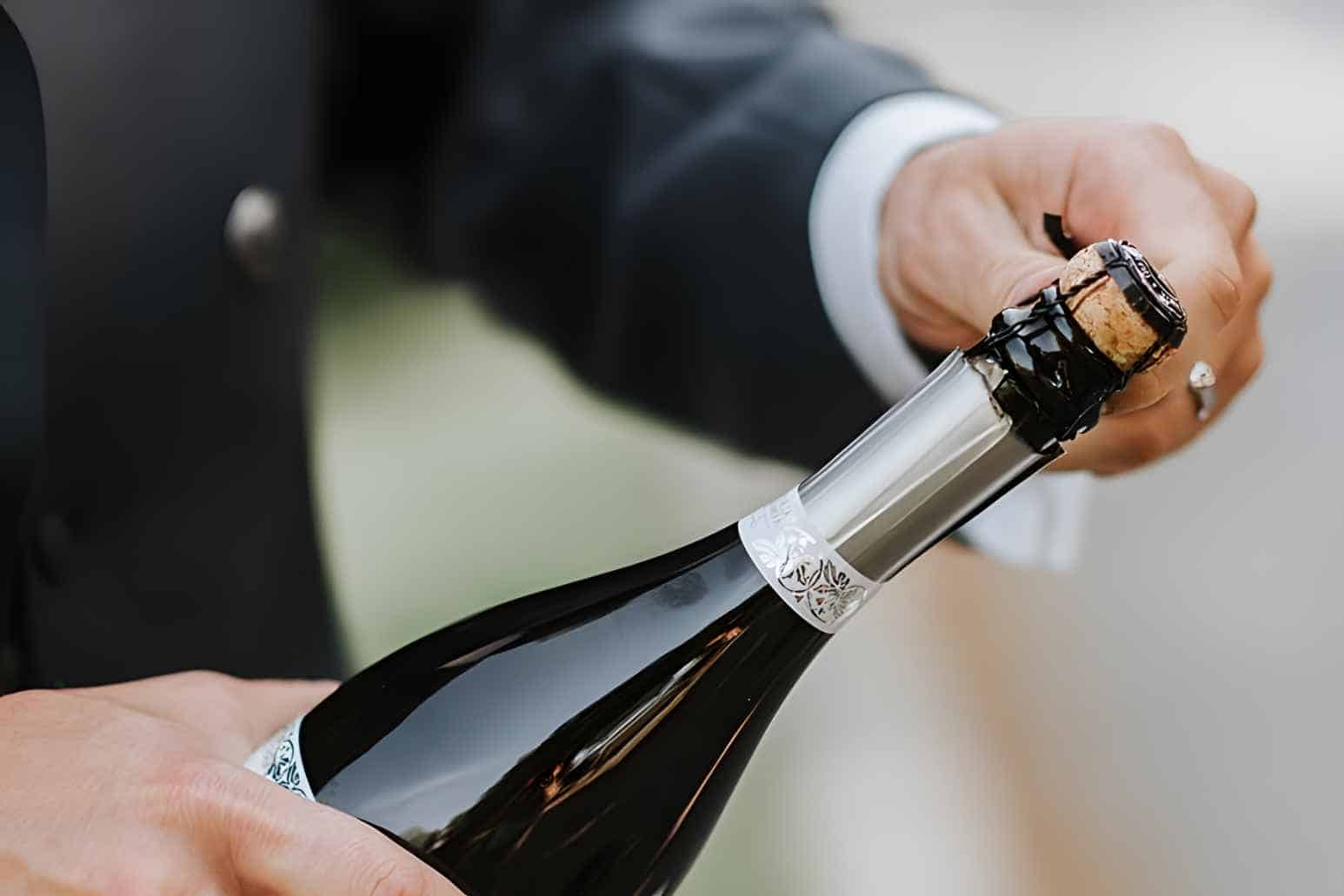

Articles
How To Store Sparkling Wine After Opening Without A Cork
Modified: October 18, 2024
Learn how to store sparkling wine after opening without a cork with our informative articles. Discover tips and techniques to keep your bubbly fresh and flavorful.
(Many of the links in this article redirect to a specific reviewed product. Your purchase of these products through affiliate links helps to generate commission for Storables.com, at no extra cost. Learn more)
Introduction
Opening a bottle of sparkling wine is always a cause for celebration. The effervescent bubbles, crisp flavors, and refreshing drink make it a favorite choice for special occasions or a simple indulgence. However, once the bottle is opened, the challenge arises: how do you preserve the remaining wine without a cork?
Corks have long been used in wine bottles to keep the contents fresh and prevent oxidation. The cork acts as a seal, keeping air out and maintaining the wine’s quality. But what if you don’t have a cork or accidentally misplaced it? Don’t worry! There are alternative methods you can try to store your sparkling wine without a cork.
In this article, we will explore the challenges of storing sparkling wine without a cork and discuss several alternative methods that can help you preserve the wine’s flavor, effervescence, and overall quality. Whether you’re planning to enjoy the rest of the bottle tomorrow or a few days later, these methods will come in handy.
Key Takeaways:
- Storing sparkling wine without a cork can be achieved using alternative methods such as wine stoppers, champagne stoppers, plastic wrap, wine preserver pumps, and transferring to smaller bottles. These techniques help preserve carbonation and flavors for short-term enjoyment.
- While a cork is ideal, makeshift solutions like plastic wrap and rubber bands can effectively slow down carbon dioxide escape and oxidation. However, it’s best to consume sparkling wine soon after opening for the most delightful experience.
Why Corks Are Important for Wine Storage
Corks play a crucial role in wine storage, particularly for sparkling wine. The primary purpose of a cork is to create an airtight seal, preventing oxygen from entering the bottle. This is essential because exposure to oxygen can lead to oxidation, causing the wine to lose its freshness, flavors, and effervescence.
When wine comes into contact with air, a series of chemical reactions occur. Oxygen reacts with various compounds in the wine, altering its taste, aroma, and overall quality. Oxidation can result in flat flavors, a loss of fruity or floral notes, and a dull appearance in the wine. It can also lead to the development of off-putting aromas or even spoilage.
Another essential role of a cork is to regulate the release of carbon dioxide (CO2) in sparkling wine. During the fermentation process, carbon dioxide is produced, causing the bubbles that make sparkling wine so delightful. The cork allows for a controlled release of this gas, maintaining the wine’s effervescence while preventing excessive pressure buildup in the bottle. Without a cork, the carbon dioxide can escape too quickly, causing the wine to lose its sparkle.
Corks also serve as a barrier against external contaminants like bacteria, dust, and other particles. They provide a secure seal that helps protect the wine from spoilage and potential flavor taint. Additionally, corks can contribute to the aging process of certain wines by allowing a small amount of oxygen to enter the bottle over time. This controlled exposure to oxygen can help enhance the wine’s complexity and character.
In summary, corks are essential for wine storage, especially when it comes to preserving the freshness, flavors, and effervescence of sparkling wine. They create a seal that keeps oxygen out and carbon dioxide in, playing a vital role in maintaining the overall quality of the wine.
Challenges with Storing Sparkling Wine without a Cork
Storing sparkling wine without a cork poses several challenges, primarily related to preserving the wine’s effervescence, carbonation, and overall quality. Without a proper seal, the carbon dioxide escape, which can lead to a flat, lackluster wine experience. Here are some of the main challenges you may encounter:
- Loss of carbonation: The primary challenge of storing sparkling wine without a cork is the risk of losing its carbonation. Without an airtight seal, the carbon dioxide bubbles can escape quickly, resulting in a flat and less enjoyable beverage. This can significantly impact the overall experience and quality of the wine.
- Oxidation: Another challenge is the potential for oxidation. As mentioned earlier, exposure to oxygen can lead to undesirable chemical reactions in the wine, resulting in the loss of fresh flavors and aromas. Without a cork to create a seal, the wine is more susceptible to oxidation and its negative effects.
- Contamination: Storing sparkling wine without a cork also increases the risk of contamination. Without a barrier, external elements such as dust, bacteria, and other particles have easier access to the wine, potentially spoiling its taste or causing off-flavors. This can be particularly problematic if the wine is stored for an extended period.
- Pressure buildup: Sparkling wine contains dissolved carbon dioxide, which generates pressure inside the bottle. Without a proper closure, the pressure can build up and potentially cause the bottle to burst. This not only results in the loss of wine but also poses a safety risk.
- Deterioration of flavors and aromas: Over time, storing sparkling wine without a cork can lead to the deterioration of its flavors and aromas. The absence of a seal allows volatile compounds to evaporate more quickly, diminishing the wine’s sensory qualities and leaving it lackluster.
Given these challenges, it’s crucial to find alternative methods for storing sparkling wine without a cork to preserve its carbonation, prevent oxidation, and ensure the wine remains enjoyable for future consumption. Fortunately, there are several effective techniques you can employ to address these challenges, which we will explore in the next section.
Alternative Methods for Storing Sparkling Wine
When faced with the challenge of storing sparkling wine without a cork, there are several alternative methods you can try. These methods aim to create a temporary seal that helps retain the carbonation, prevent oxidation, and maintain the wine’s overall quality. Let’s explore some of these techniques:
-
Using a Wine Stopper
One of the simplest and most common methods is to use a wine stopper specifically designed for sparkling wine bottles. These stoppers usually feature a clamp or a locking mechanism that helps create an airtight seal. Insert the stopper into the bottle neck and secure it tightly to minimize carbon dioxide escape and prevent oxygen from entering the bottle. While this method may not be as effective as a cork, it can help extend the wine’s freshness for a short period.
-
Using a Champagne Stopper
If you don’t have a wine stopper, a champagne stopper can also be a viable option. Champagne stoppers are specifically designed to fit the larger neck of champagne bottles, but they can work for other sparkling wine bottles as well. These stoppers usually have a metal or plastic top that screws down onto the bottle neck, creating a tight seal. Make sure to secure the stopper firmly to maintain the carbonation and prevent oxidation.
-
Using Plastic Wrap and a Rubber Band
In the absence of a stopper, you can create a makeshift seal using plastic wrap and a rubber band. Start by tightly covering the bottle opening with a piece of plastic wrap, ensuring it extends over the neck and provides a secure closure. Then, secure the plastic wrap in place by wrapping a rubber band around it. While this method may not be as reliable as using a stopper, it can help slow down carbon dioxide escape and provide some protection against oxidation.
-
Using a Wine Preserver Pump
An alternative method for storing sparkling wine is to use a wine preserver pump. These pumps work by removing the air from the bottle and creating a vacuum seal. Start by pouring the remaining wine into a smaller container, such as a half-bottle or a sealable jar. Then, insert the pump into the bottle neck, pump out the air, and quickly seal the container. This method can help preserve the wine’s carbonation for a longer period compared to using a stopper or plastic wrap.
-
Transferring the Sparkling Wine to Smaller Bottles
If you have several smaller bottles with proper closures, transferring the sparkling wine into these bottles can be an effective solution. Pour the remaining wine into the smaller bottles, ensuring that there is minimal headspace to limit the amount of oxygen in contact with the wine. Seal the smaller bottles tightly to maintain carbonation and prevent oxidation. This method can be particularly useful if you want to store the wine for a longer period.
Remember, while these alternative methods can help preserve the sparkling wine to a certain extent, they are not a perfect replacement for a cork. It’s always best to consume the wine as soon as possible after opening for the optimal tasting experience. However, if you need to store the wine for a short period, these methods can help maintain its quality and keep the bubbles intact.
Read more: How To Store Open Wine Without Cork
Method 1: Using a Wine Stopper
When it comes to storing sparkling wine without a cork, using a wine stopper specifically designed for sparkling wine bottles is one of the easiest and most effective methods. These stoppers are typically made of rubber or silicone and feature a clamp or a locking mechanism that creates an airtight seal.
To use a wine stopper, follow these simple steps:
- After opening the bottle of sparkling wine, thoroughly clean the mouth of the bottle to remove any residue or wine drips. This will ensure a clean and proper seal.
- Insert the wine stopper into the bottle neck. The stopper should fit snugly and create a tight seal.
- Engage the clamp or locking mechanism of the stopper to secure it in place. Make sure it is tightly fastened to prevent any carbon dioxide escape or oxygen intake.
A wine stopper helps retain the carbonation of the sparkling wine by minimizing the release of carbon dioxide. It also helps prevent oxidation by creating a barrier between the wine and the air. While it may not be as effective as a cork, a wine stopper can extend the freshness of the wine for a short period, allowing you to enjoy the remaining portion at a later time.
It’s important to note that a wine stopper is most effective when used immediately after opening the bottle. The longer the wine has been exposed to the air, the greater the loss of carbon dioxide and the potential for oxidation. Therefore, if you plan to store the sparkling wine for an extended period, it’s recommended to consume it as soon as possible for the best tasting experience.
When using a wine stopper, take care to place the bottle upright in a cool and dark location, ideally in the refrigerator. This will further help maintain the quality and carbonation of the wine. Remember to remove the stopper gently when you’re ready to enjoy the rest of the sparkling wine and savor the effervescence and flavors it has to offer.
Method 2: Using a Champagne Stopper
If you don’t have a wine stopper specifically designed for sparkling wine bottles, another effective method for storing sparkling wine without a cork is to use a champagne stopper. While champagne stoppers are designed to fit the larger necks of champagne bottles, they can also be used for other types of sparkling wine bottles.
Here’s how you can use a champagne stopper to preserve your sparkling wine:
- After opening the bottle of sparkling wine, ensure that the mouth of the bottle is clean and free of any wine drips or residue.
- Place the champagne stopper on top of the bottle neck. The stopper typically has a metal or plastic top and a clamp or locking mechanism.
- Press down firmly on the stopper while simultaneously twisting the metal or plastic top to create a tight seal. Make sure the stopper is securely fastened to prevent carbon dioxide from escaping and oxygen from entering the bottle.
- Some champagne stoppers have a built-in lever that you can pull down to create an even tighter seal. If your stopper has this feature, make sure to engage it for added security.
Using a champagne stopper helps maintain the carbonation of the sparkling wine by providing a secure seal that minimizes the release of carbon dioxide. It also acts as a barrier against oxygen, preventing oxidation and preserving the wine’s freshness.
When using a champagne stopper, keep in mind that it is most effective when applied immediately after opening the bottle. The longer the wine is exposed to the air, the more carbon dioxide will escape and the greater the risk of oxidation. Therefore, it is recommended to consume the sparkling wine as soon as possible to fully enjoy its effervescence and flavors.
After securing the champagne stopper, store the bottle upright in a cool and dark place, such as a refrigerator. Keeping the wine chilled will help maintain its quality and carbonation. When you’re ready to enjoy the remaining sparkling wine, simply remove the stopper carefully, release any built-up pressure slowly, and pour yourself a glass of bubbly delight.
A champagne stopper is a practical and effective alternative to a cork for storing sparkling wine. It allows you to savor the remaining bottle at your own pace without compromising its quality or losing its signature effervescence.
Method 3: Using Plastic Wrap and a Rubber Band
If you find yourself without a wine stopper or a champagne stopper, don’t worry! You can still effectively store your sparkling wine by using a simple combination of plastic wrap and a rubber band. This makeshift method provides a temporary seal that helps slow down carbon dioxide escape and protect the wine from oxidation.
Here’s how you can use plastic wrap and a rubber band to store your sparkling wine:
- After opening the bottle of sparkling wine, ensure that the mouth of the bottle is clean and free of any wine drips or residue.
- Take a piece of plastic wrap and place it over the bottle opening. Make sure the plastic wrap extends over the neck of the bottle.
- Hold the plastic wrap in place with one hand and use the other hand to wrap a rubber band tightly around the mouth of the bottle, securing the plastic wrap in place.
- Ensure that the rubber band is tightly fastened to create a seal. Be careful not to apply too much pressure that could potentially break the bottle.
Using plastic wrap and a rubber band helps create a barrier that limits the contact between the wine and the air. This helps slow down carbon dioxide escape, preserving some of the wine’s effervescence, and minimizing the risk of oxidation.
While this method may not provide as tight a seal as a dedicated stopper, it can still be effective in temporarily storing your sparkling wine. It is important to remember that this makeshift solution is best suited for short-term storage and should not be relied upon for extended periods.
After wrapping the bottle with plastic wrap and a rubber band, store it upright in a cool and dark place, such as a refrigerator, to maintain the wine’s quality. When you’re ready to enjoy the remaining sparkling wine, carefully remove the plastic wrap and rubber band, taking care not to disturb the wine or release any built-up pressure. Pour the wine into a glass and savor the delightful bubbles.
While not as sophisticated as using a dedicated stopper, the plastic wrap and rubber band method is a handy option when you need to store your sparkling wine without a cork. It allows you to enjoy the rest of the bottle at your own pace, preserving its carbonation and flavors until you’re ready to indulge.
Method 4: Using a Wine Preserver Pump
If you’re looking for a more advanced method to store your sparkling wine without a cork, using a wine preserver pump can be an effective solution. Wine preserver pumps work by removing the air from the bottle, creating a vacuum seal that helps preserve the wine’s carbonation and prevent oxidation.
Here’s how you can use a wine preserver pump to store your sparkling wine:
- After opening the bottle of sparkling wine, pour the remaining wine into a smaller container, such as a half-bottle or a sealable jar with a tight-fitting lid. It’s essential to reduce the headspace in the container to minimize the contact between the wine and the oxygen.
- Insert the stopper or lid onto the smaller container, making sure it provides a secure and airtight seal.
- Fit the wine preserver pump onto the stopper or lid. The pump usually consists of a hand-operated device that creates a vacuum inside the container.
- Start pumping the handle of the wine preserver pump to remove the air from the container. Keep pumping until you feel resistance, indicating that a vacuum has been created and the air has been extracted.
- Once you’ve successfully created a vacuum, remove the wine preserver pump, ensuring the stopper or lid remains securely in place.
Using a wine preserver pump helps extend the shelf life of your sparkling wine by minimizing the contact with oxygen, which slows down the oxidation process. It also helps maintain the carbonation of the wine by preventing excessive carbon dioxide escape.
It’s important to note that while a wine preserver pump can preserve your sparkling wine for a longer period compared to other methods, it is still best to consume the wine as soon as possible for the optimal tasting experience. The longer the wine is stored, the greater the loss of carbonation and potential changes in flavor.
After using the wine preserver pump, store the smaller container of sparkling wine upright in a cool and dark place, such as a refrigerator. The chilled temperature will further help preserve the wine’s quality and carbonation.
When you’re ready to enjoy the remaining sparkling wine, remove the stopper or lid carefully, releasing any built-up pressure slowly. Pour the wine into a glass and savor the effervescence, knowing that the wine preserver pump has helped maintain its freshness and quality.
A wine preserver pump is a reliable option for storing sparkling wine without a cork, particularly if you plan to enjoy the remaining wine over a period of days or weeks. It provides an airtight seal that helps preserve the wine’s carbonation and flavors, allowing you to indulge in the bubbly goodness whenever the mood strikes.
Store sparkling wine after opening without a cork by using a sparkling wine stopper to maintain carbonation. Keep the bottle chilled in the refrigerator and consume within 1-2 days for best quality.
Read more: How To Store Wine Without Cork
Method 5: Transferring the Sparkling Wine to Smaller Bottles
If you have several smaller bottles with proper closures, transferring your sparkling wine to these bottles can be an effective method for storage. This method reduces the amount of oxygen in contact with the wine, helps maintain carbonation, and minimizes the risk of oxidation.
Here’s how you can transfer your sparkling wine to smaller bottles for storage:
- Ensure that the smaller bottles you plan to use are clean, sterilized, and have proper closures, such as screw caps or corks.
- Carefully pour the remaining sparkling wine from the original bottle into the smaller bottles. Try to fill the bottles as much as possible, minimizing the amount of headspace to reduce the contact between the wine and the air.
- Seal the smaller bottles tightly using their respective closures. Make sure the closures are secure to create a proper seal and prevent carbon dioxide escape and oxygen intake.
- Label the smaller bottles with the necessary information, such as the type of wine and the date it was transferred. This will help you keep track of the contents and ensure you consume them in a timely manner.
- Store the smaller bottles upright in a cool and dark place, such as a refrigerator or a wine cellar. Maintaining a lower temperature will help preserve the wine’s quality and carbonation.
Transferring the sparkling wine to smaller bottles helps create a more controlled environment for storage, reducing the amount of oxygen in contact with the wine. This method helps maintain carbonation, freshness, and flavors, allowing you to enjoy the remaining wine over a longer period.
It’s important to note that even when transferred to smaller bottles, sparkling wine is still best consumed within a reasonable timeframe. While transferring helps preserve the wine’s quality, it is not a foolproof solution for indefinite storage.
When you’re ready to enjoy the sparkling wine from the smaller bottles, simply open the bottle and pour yourself a glass, savoring the delightful bubbles and flavors that have been carefully preserved.
Transferring your sparkling wine to smaller bottles provides a practical and effective solution for storing the wine without a cork. It allows you to enjoy the remaining wine at your own pace while minimizing the risk of oxidation and maintaining its effervescence for an extended period.
Conclusion
Storing sparkling wine without a cork may seem like a challenge, but with alternative methods, you can successfully preserve its carbonation, flavors, and overall quality. While a cork is the ideal option for maintaining the freshness and effervescence of sparkling wine, other techniques can be employed when a cork is not available.
In this article, we explored five alternative methods for storing sparkling wine without a cork:
- Using a wine stopper
- Using a champagne stopper
- Using plastic wrap and a rubber band
- Using a wine preserver pump
- Transferring the sparkling wine to smaller bottles
Each method offers its own advantages and effectiveness, depending on the situation and the desired length of storage. Whether you have a dedicated wine stopper or champagne stopper, or you need to resort to makeshift solutions like plastic wrap and a rubber band, these methods can help slow down carbon dioxide escape, minimize oxidation, and maintain the wine’s quality to some extent.
It is important to note that while these methods can be useful for short-term storage, sparkling wine is at its best when consumed soon after opening. The longer the wine is exposed to air, the more carbonation will be lost, and the greater the risk of oxidation and flavor changes. Therefore, it is recommended to savor the sparkling wine as soon as possible after opening for the most delightful experience.
Remember to store the wine upright in a cool and dark place, such as a refrigerator or a wine cellar, to further preserve its quality. And always handle the bottles with care to avoid any accidents or spillage.
Whether you’re celebrating a special occasion or simply enjoying a glass of bubbly, these alternative methods allow you to store your sparkling wine without a cork and enjoy the remaining contents at your own pace. Experiment with different techniques to find which one works best for you and continue to raise a glass to special moments and delightful experiences.
Frequently Asked Questions about How To Store Sparkling Wine After Opening Without A Cork
Was this page helpful?
At Storables.com, we guarantee accurate and reliable information. Our content, validated by Expert Board Contributors, is crafted following stringent Editorial Policies. We're committed to providing you with well-researched, expert-backed insights for all your informational needs.

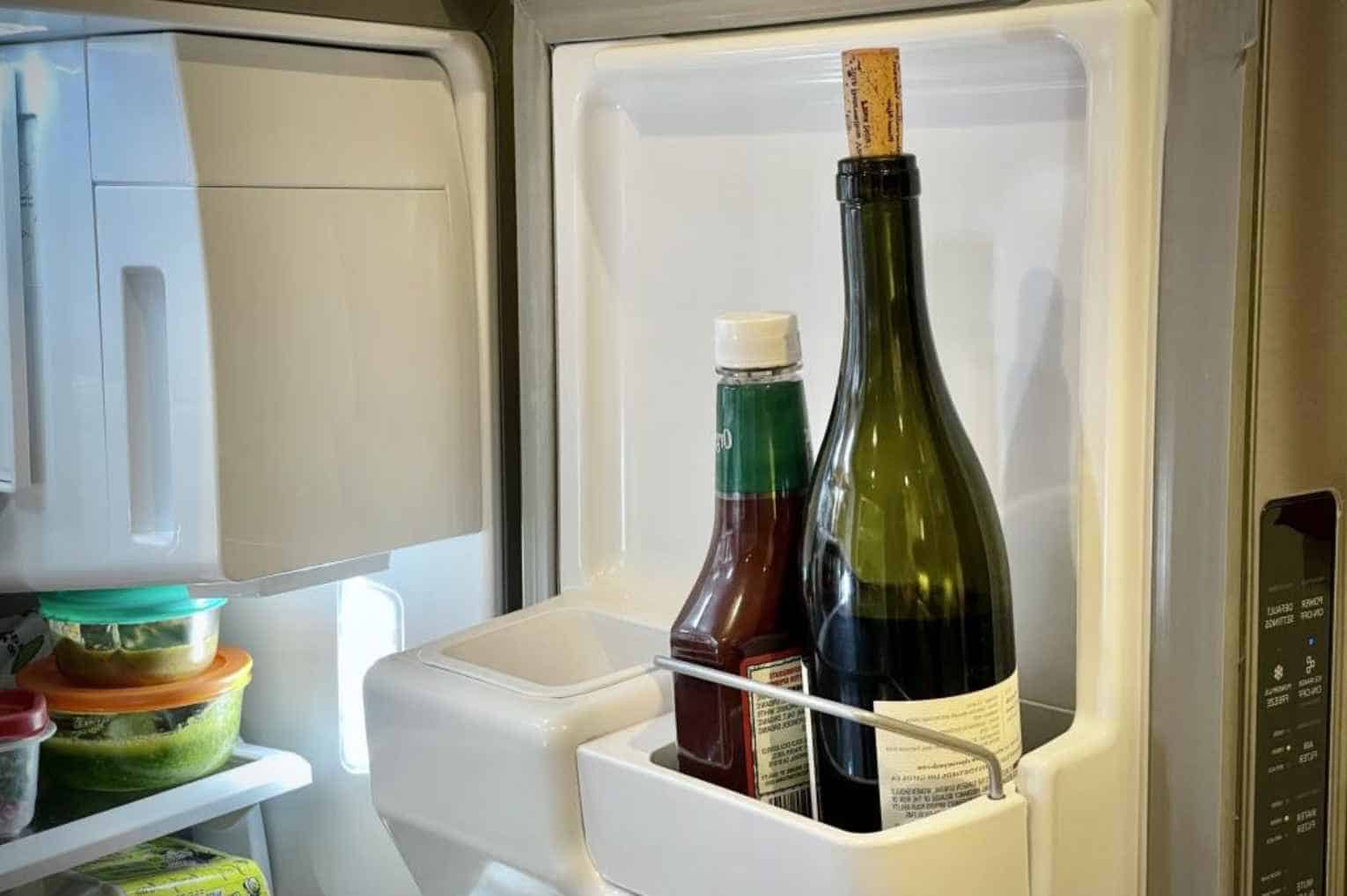
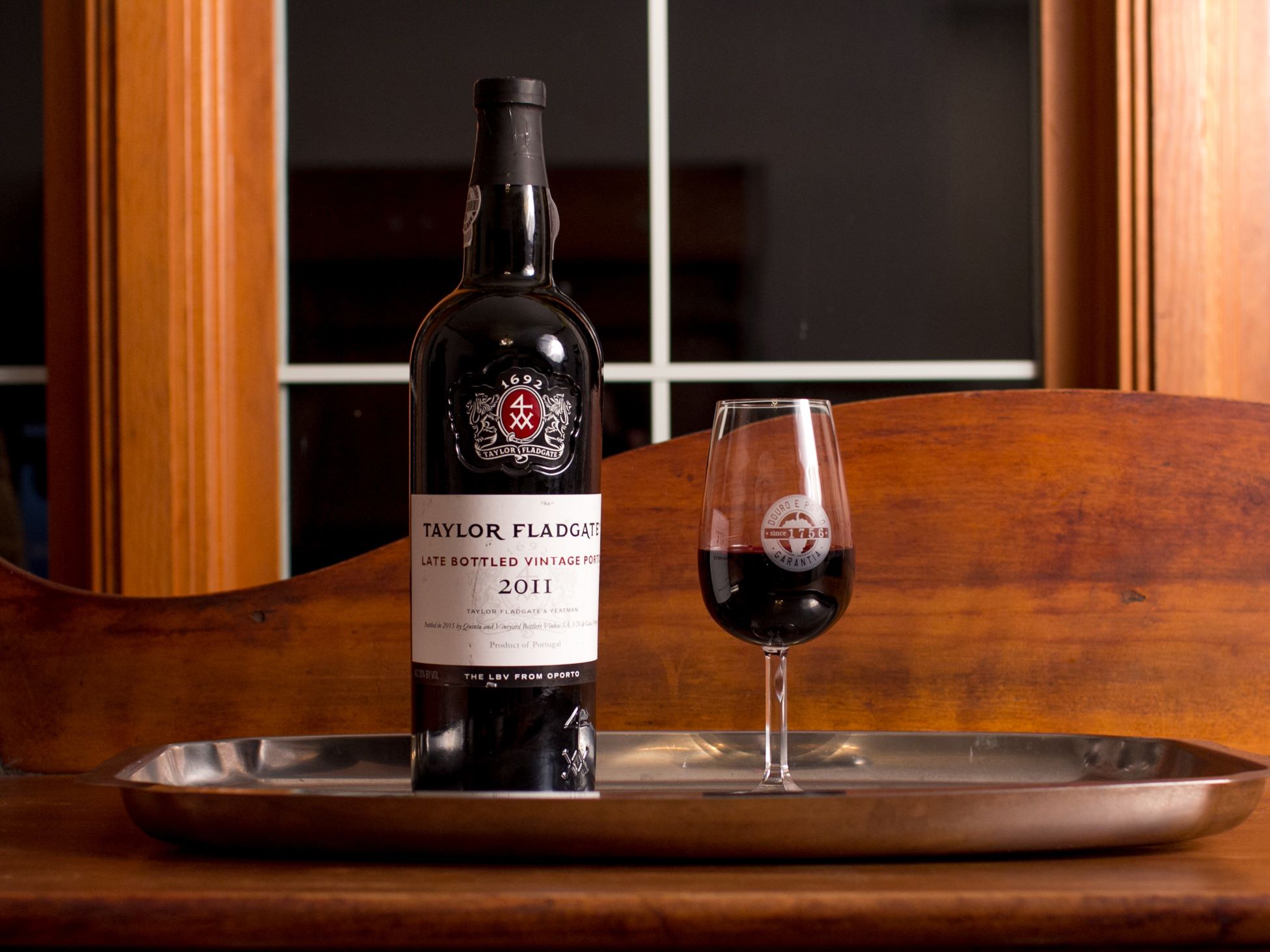
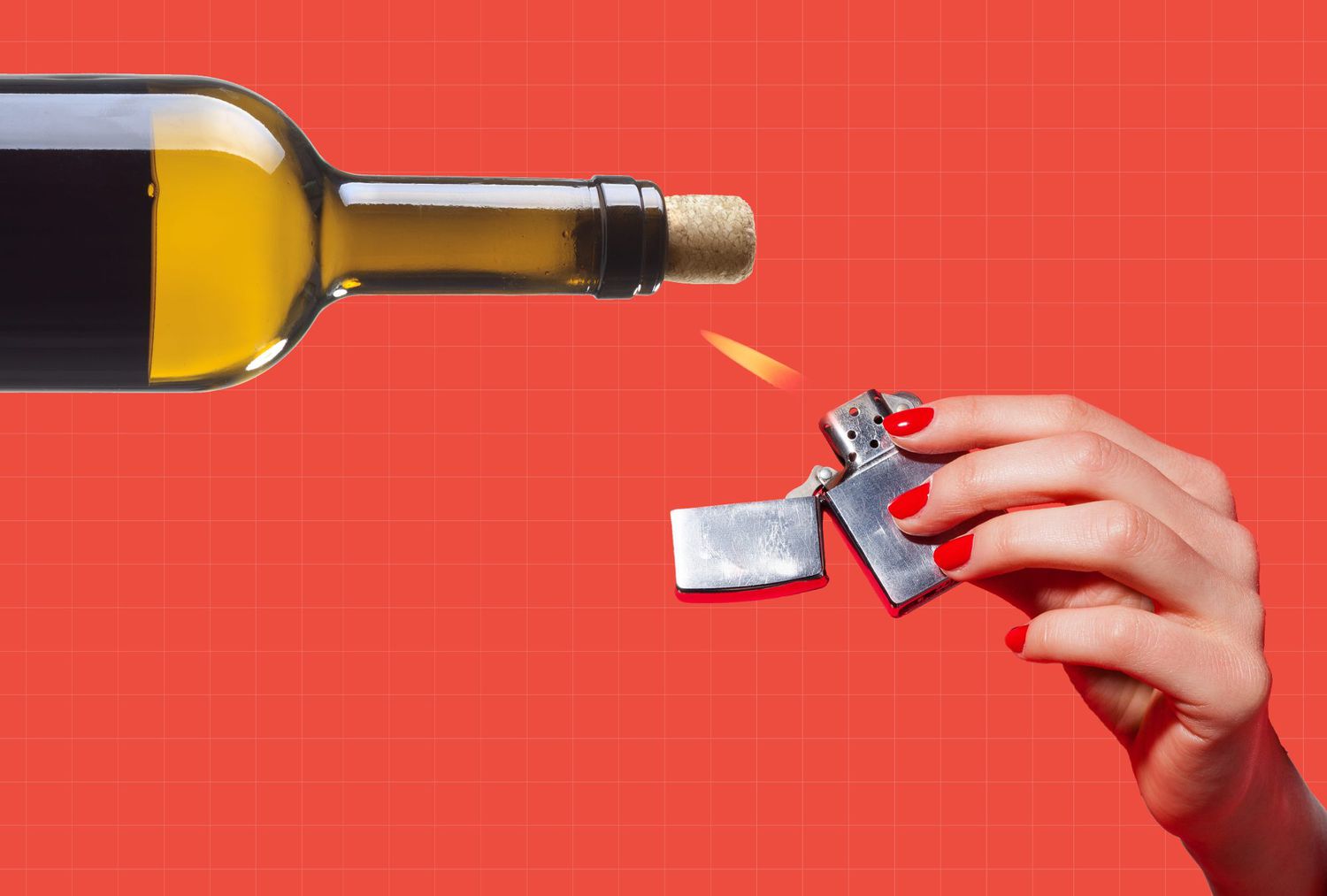
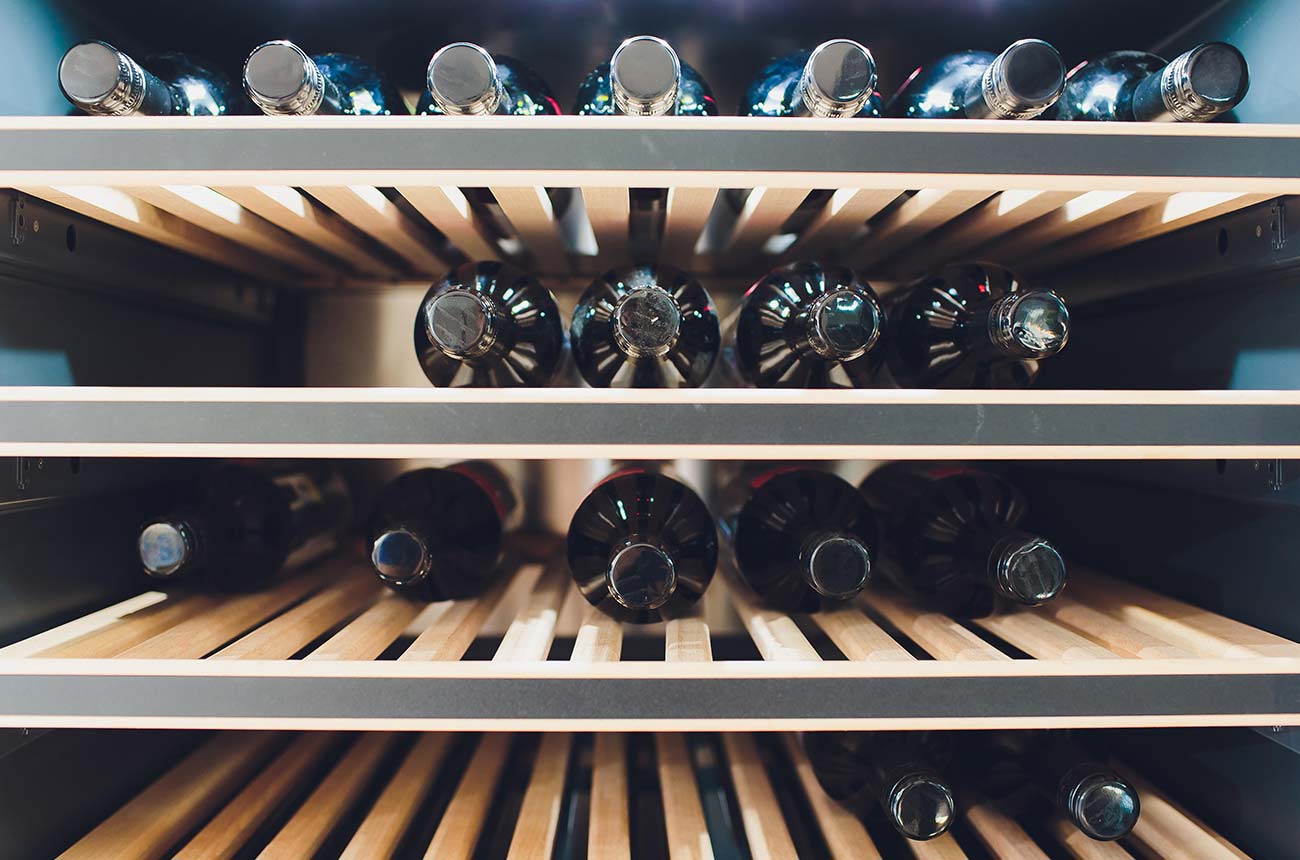
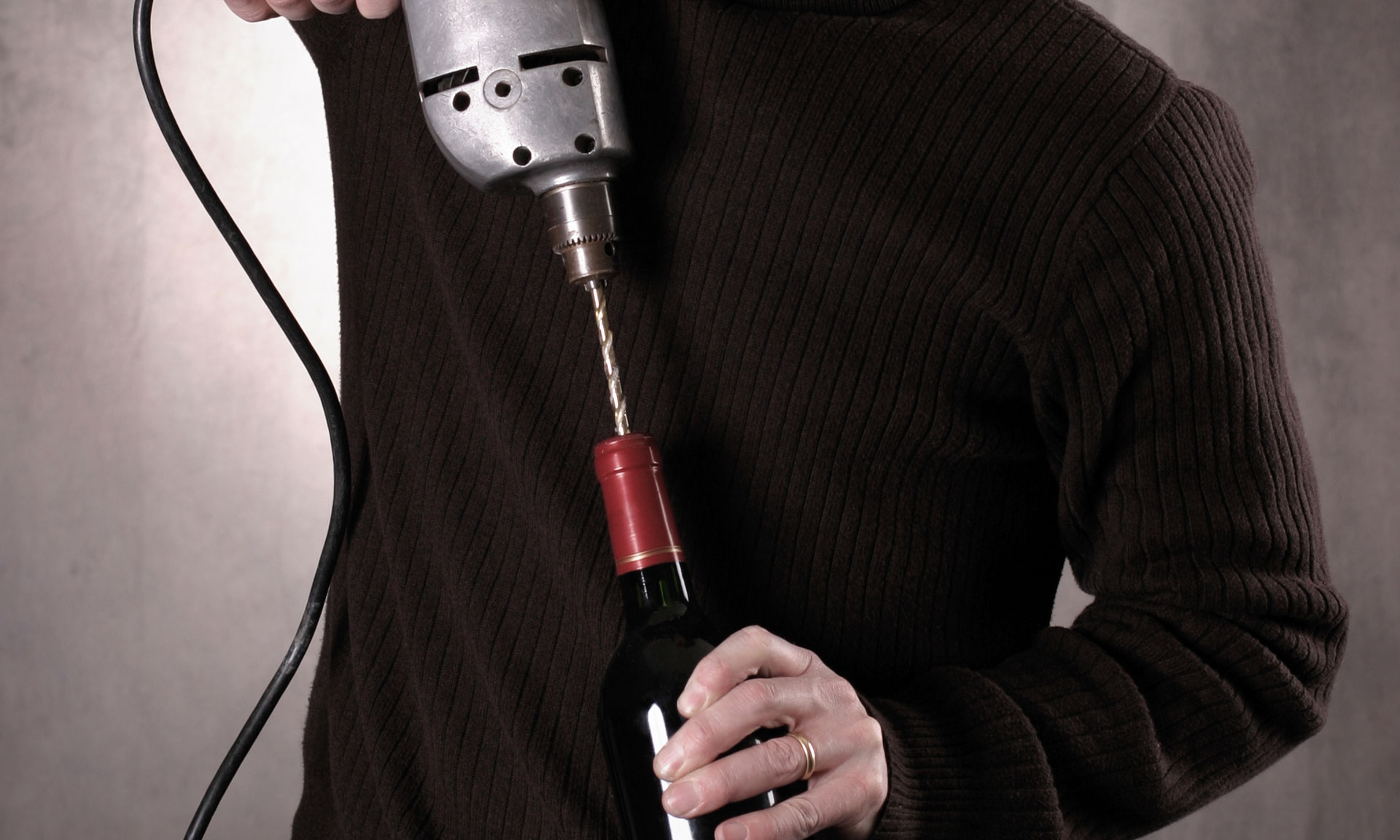
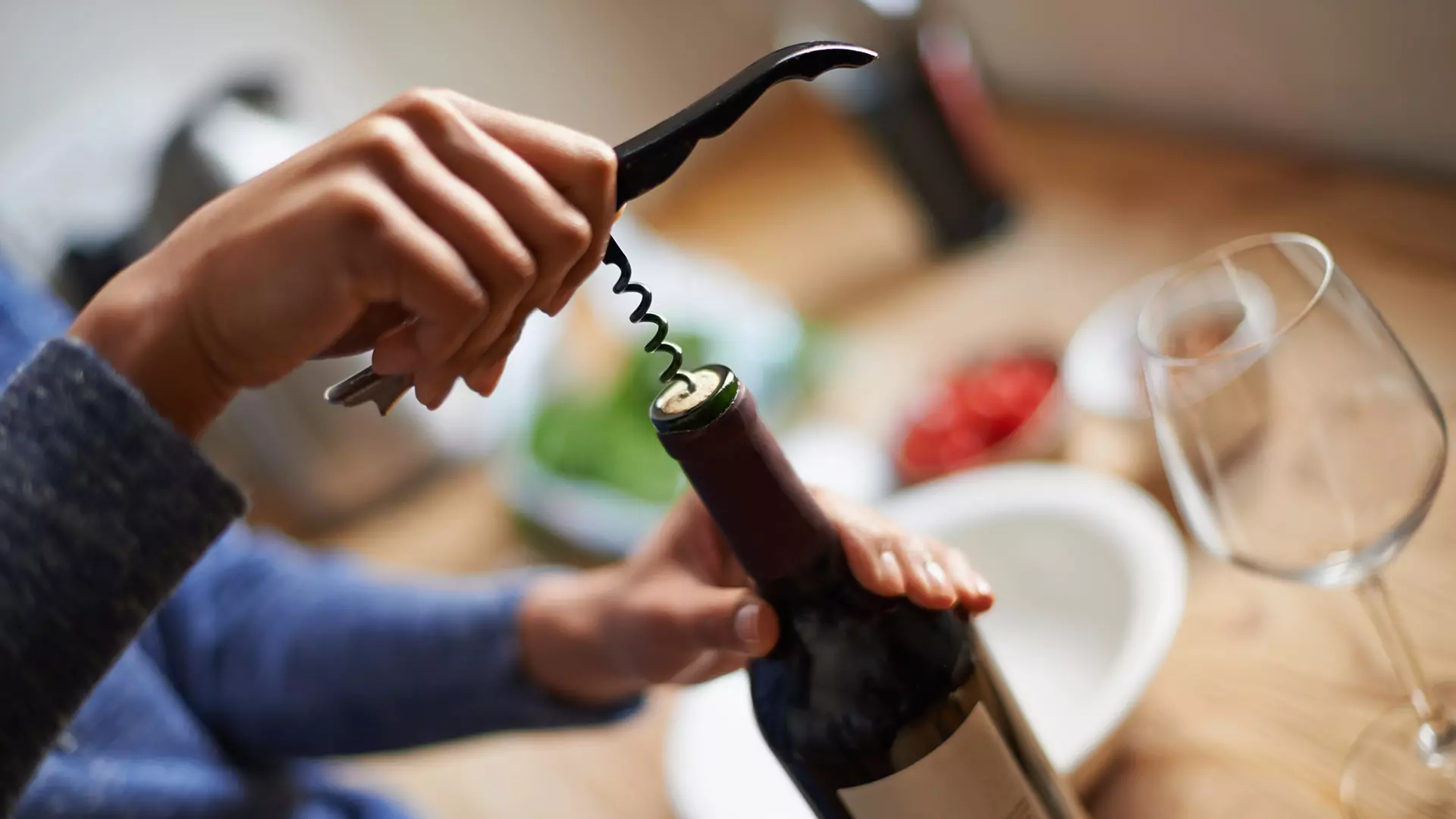
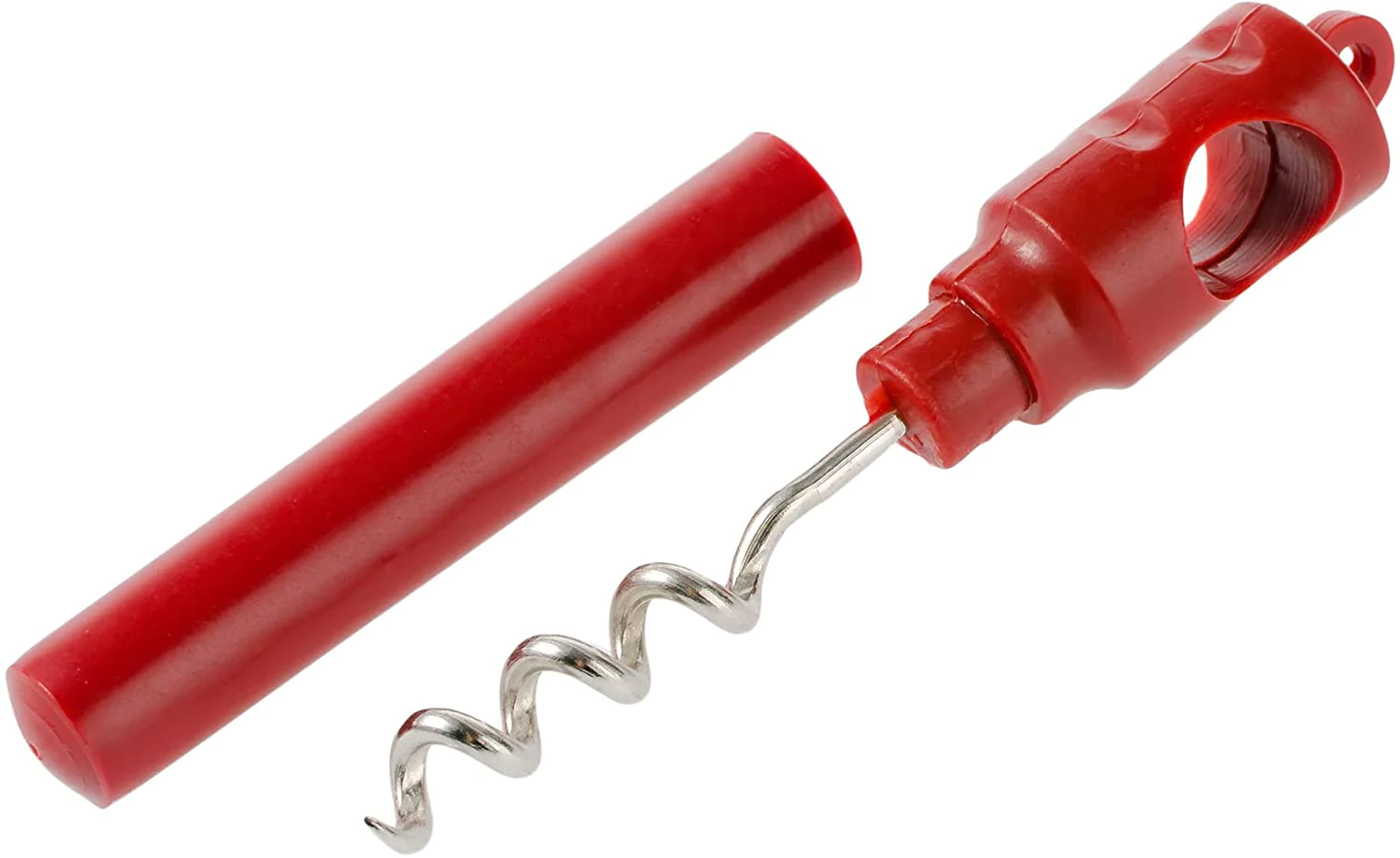
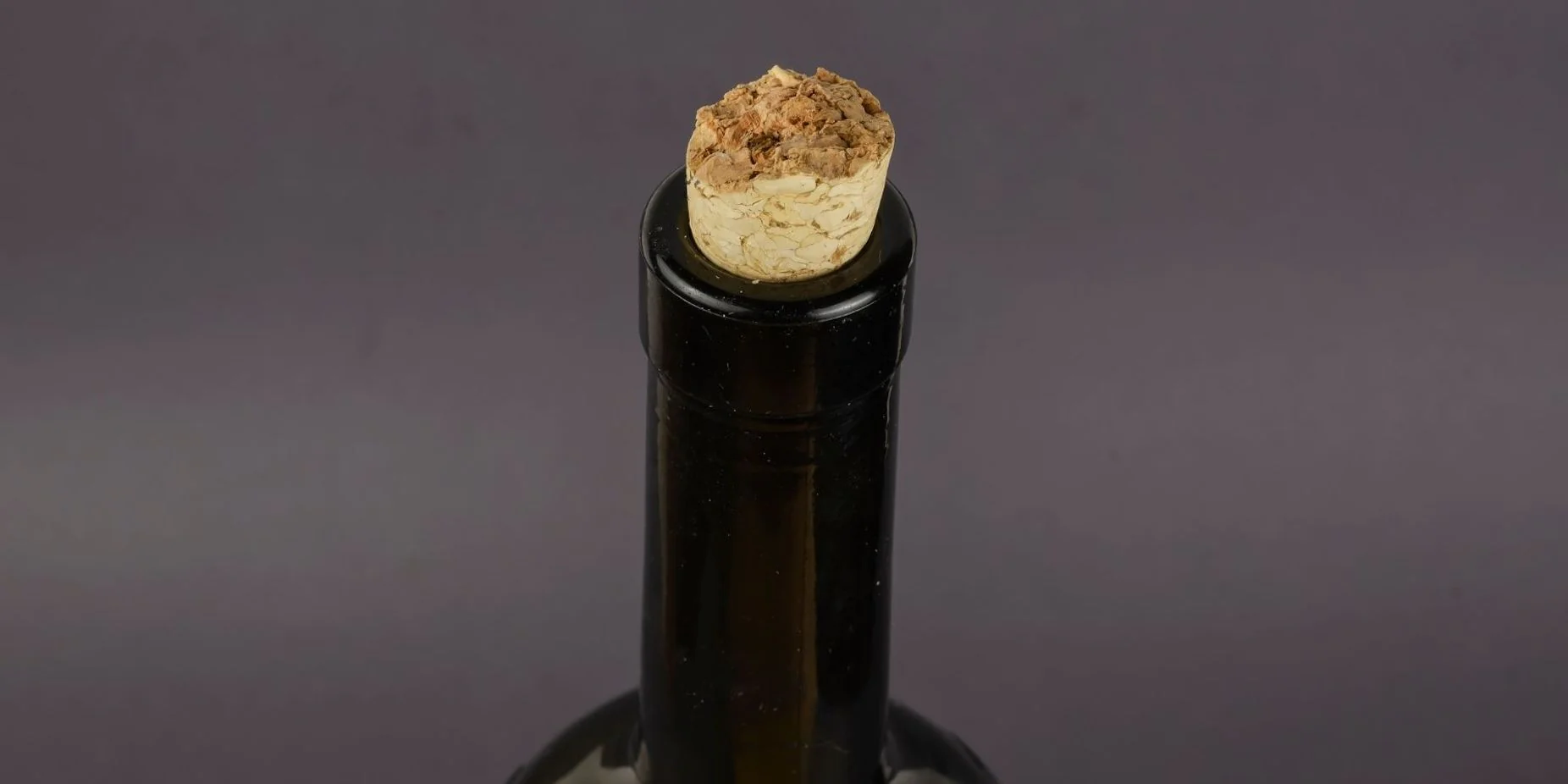
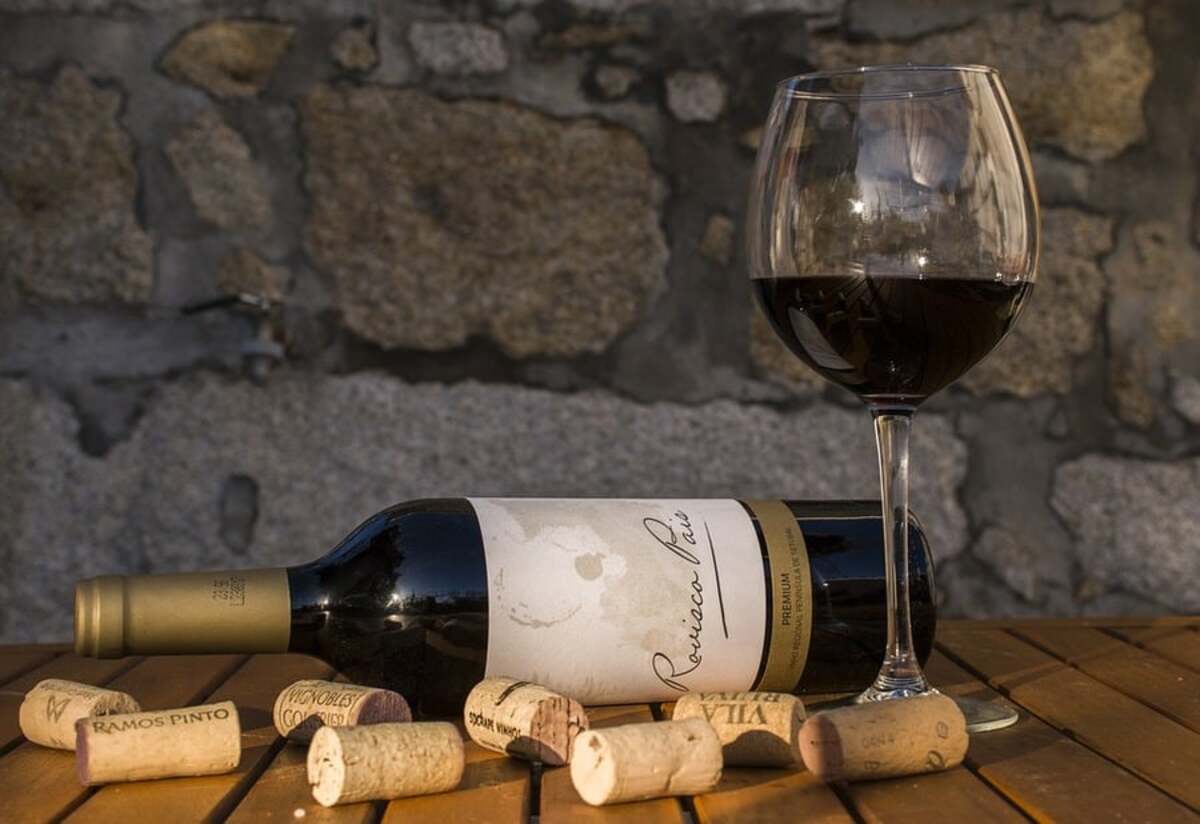
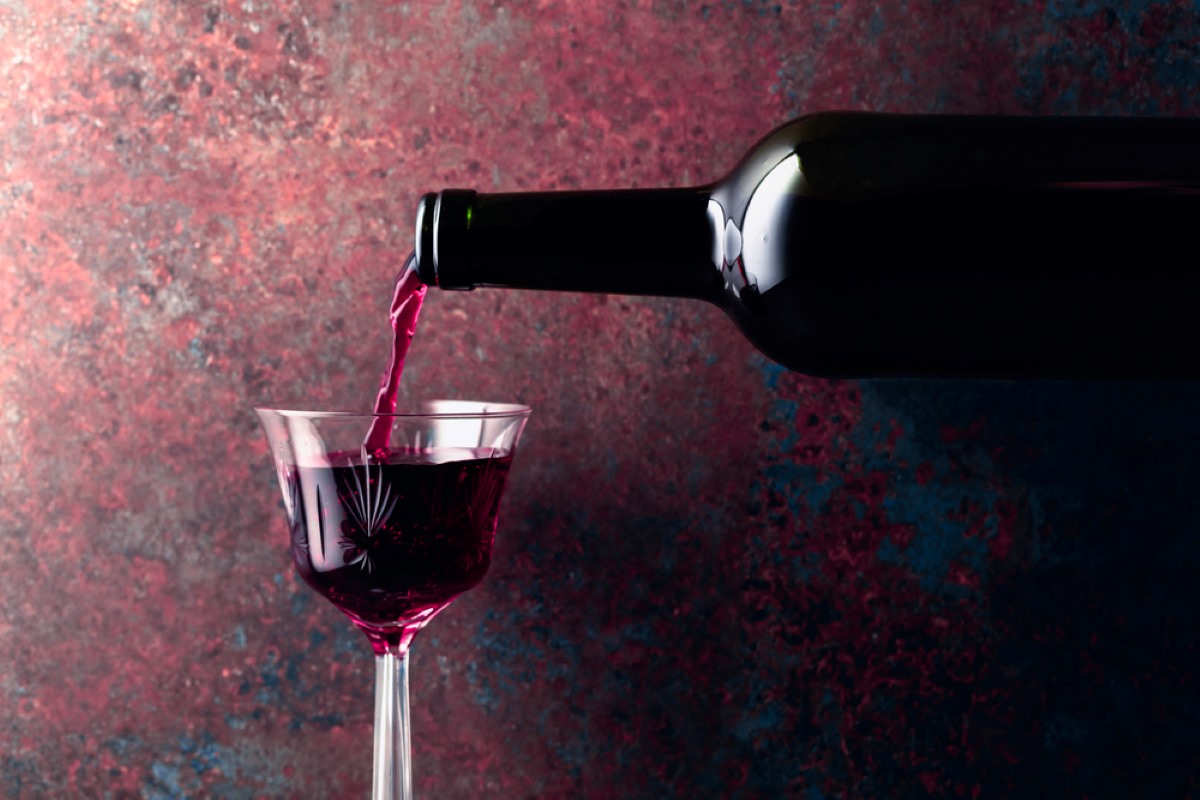
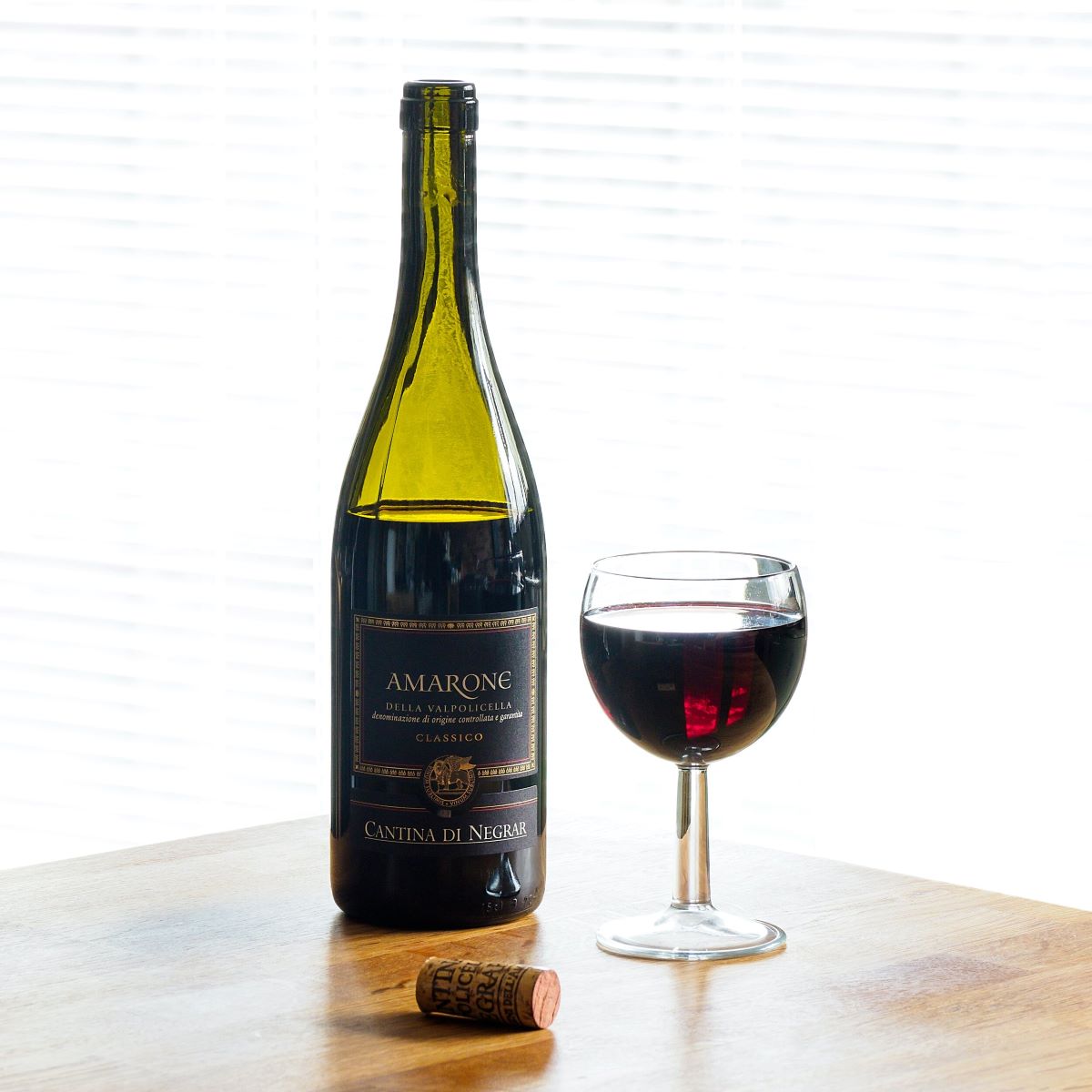

0 thoughts on “How To Store Sparkling Wine After Opening Without A Cork”